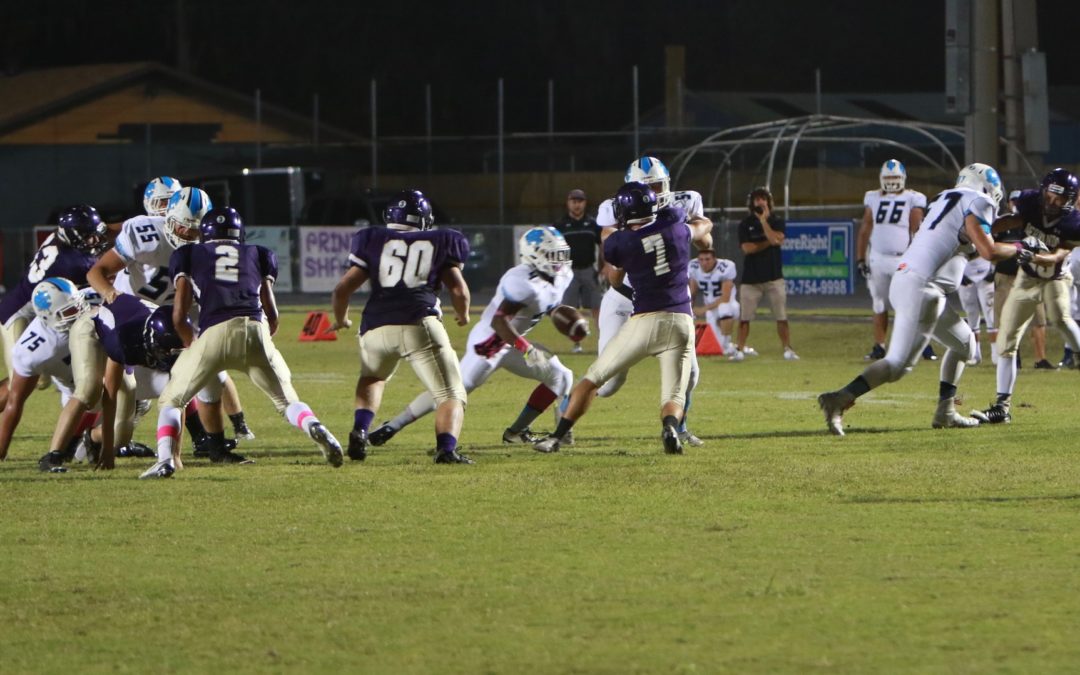The Cost of A Single Concussion in American High School Football: A Retrospective Cohort Study
Yengo-Kahn AM, Kelly PD, Liles DC, McKeithan LJ, Grisham CJ, Khan MS, Lee T, Kuhn AW, Bonfield CM, Zuckerman SL. Concussion. 2020 Oct 28;5(4):CNC81.
Take-Home Message
The average high school football player incurs $800 in medical costs per concussion. These costs are heavily influenced by going to an emergency department/urgent care or being diagnosed with post-concussion syndrome.
Background
Sports-related concussions are common in American high school football. The cost of a single concussion for these individuals is unknown. Understanding the financial health care burden of sports-related concussions will aid in clinical management and prevention strategies.
Study Goal
The authors explored the direct medical costs of a sports-related concussion and then determined which factors are most associated with increased costs.
Methods
During a 3-year reporting period (2017-2020), 1022 patients with a concussion went to a sport concussion center in the Southeast United States. The authors identified 144 high school football players with a concussion sustained during a practice or game while wearing a helmet. Each concussion occurred within 10 days before an initial visit. Initial symptoms and their severity, as well as post-concussion symptom scale (PCSS) were documented. The authors calculated the cost based on matching visits to the center and imaging.
Results
The average cost of each concussion was $800. Almost 3 out of 10 patients (28%) went to the emergency department or urgent care, which on average cost $687. Most (81%) emergency department visits occurred within 1 day of a concussion. Other factors related to higher costs per concussion included a high initial PCSS score and a post-concussion syndrome diagnosis. Specifically, a person with post-concussion syndrome ($2,580) had on average ~$2000 more in costs than someone without the syndrome ($608).
Viewpoints
The average cost of an emergency department visit for a concussion can be expensive for parents, especially if the family does not have insurance and must pay out of pocket or if the hospital is out-of-network. Indeed, more than 2 in 5 Americans say they cannot pay a $1,000 surprise medical bill. While the authors did not report on the role of the athletic trainers in mitigating these costs, it is likely an initial evaluation by an athletic trainer may reduce the amount of emergency department visits by high school football players. Furthermore, the authors did not report any prevention measures to reduce sports-related concussions among high school football players. For example, a 5- to 10-minute helmetless tackling and blocking training program may reduce the number of head impacts, which may lead to fewer concussions. These results can lay the groundwork for demonstrating the cost-effectiveness of athletic trainers and concussion prevention programs.
Clinical Implications
Clinicians should examine severe symptoms of concussions before recommending parents go to the emergency department/urgent care. This may help prevent high treatment costs for the patient’s family while trying to maximize the quality of care the patient receives.
Questions for Discussion
What criteria do you, as a clinician, use to determine which athletes need to go to an emergency department for a concussion?
Written by: Austin Wilhelm
Reviewed by: Jeffrey Driban
Related Posts
High School Student Suicidality Rate is Already Too High, But Concussions Make It Worse.
Private High School Students Report Keeping Concussions Private.
Cost of Concussion in the Classroom.


